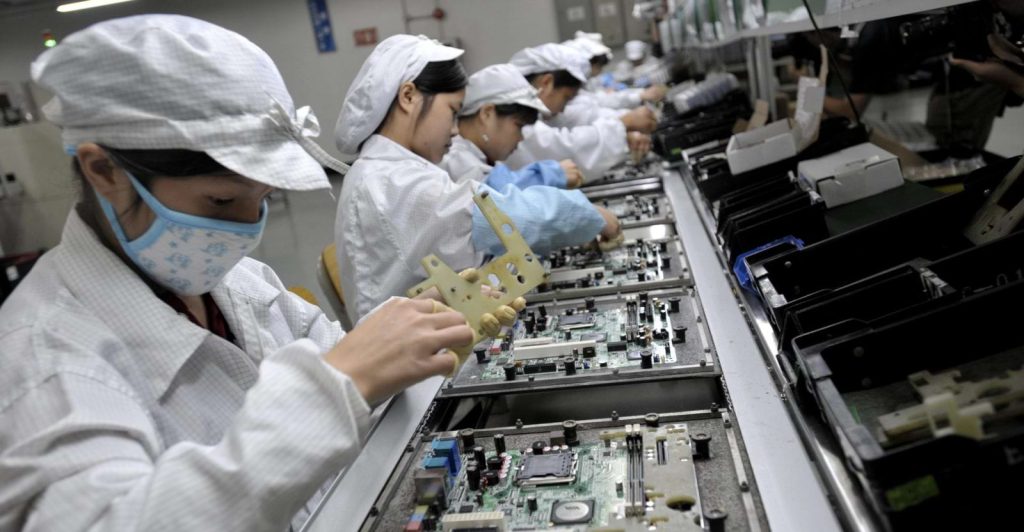Businesses are expected to create a safe working environment for their employees. Key to this are workplace risk assessments, which are used to identify potential risks and then implement procedures to minimise those risks.
But what exactly are workplace risk assessments? Workplace risk assessments are a systematic process of evaluating the potential risks that may be associated with an activity. There are three key questions that need to be asked when conducting a risk assessment:
- What hazards exist that may cause harm?
- How severe would the harm be?
- How likely is the harm to occur?
This blog will explore the benefits of carrying out these assessments to your business.
Workplace risk assessments: Benefits
1. Identify and Improve Workplace Safety Weaknesses
One of the main benefits of conducting a risk assessment is being able to evaluate the effectiveness of a company’s workplace safety system. This will help identify the current system’s vulnerabilities, inefficiencies and non-compliance.
Your company will have a clear understanding of what improvements need to be made to the current safety system. This will make it easy to determine what steps need to be taken in the future to remove the weaknesses identified and strengthen the safety system with new policies.
In this way, risk assessments can prevent injuries and even save lives in high risk workplaces. As long as employees and managers are familiar with these new policies, the risk of injury or fatality from hazards like fire or asbestos can be significantly reduced.
2. Cost-Saving
Businesses that invest in effective workplace risk assessments will make significant savings in internal and legal costs. By investigating potential risks and implementing policies to mitigate against them, less injuries will occur. This will in turn reduce the number of employees taking time off work, saving on costs of sick-pay, training other staff, or hiring new staff.
It will also prevent fines, lawsuits and penalties from non-compliance with occupational health and safety laws.
The risk assessment will be useful in calculating the costs and long-term financial benefits of implementing safety system changes. This will help justify any spending made to improve workplace safety. Your company will be able to budget appropriately for these expenses and allocate the resources necessary for the solution. The information contained within the risk assessment can ensure that your company doesn’t overspend on a problem that does not need an expensive solution.

3. Positive Image
Showing a commitment to creating safe workplaces will lead to a boost in the public perception of your company. Customers are more willing to do business with a company that holds itself to a high standard. Not only that, other companies will want to be associated with a company that has strong values.
A workplace risk assessment can avoid workplace incidents that cause negative publicity and a distorted brand image. One of the largest companies in the world, Apple, has come under fire many times for the treatment of its overseas workers. Apple outsources the manufacture of its products overseas. However the company has done very little to ensure that these workers are properly treated and not underpaid, despite the billions of dollars that Apple has.
When Apple found out that some of the factories in their supply chain had high suicide rates, guess what they did? If you guessed investigating the factories and changing the workplace conditions then you would be wrong. Apple told the managers to put nets outside the windows to catch people jumping off and send them back to working. By ignoring the safety of their workers and promoting an unsafe working environment, Apple has suffered from a damaged reputation, losing sales from ethical consumers.
By conducting risk assessments, your company will avoid creating unsafe workplaces and damaging your brand image.
4. Maximise Productivity
By ensuring that your workplace has proper tools and has effective procedures in place, employee productivity will increase. Employees that have to deal with defective tools will waste time trying to fix them or their overall work will be inefficient, wasting company resources.
These risk assessments also demonstrate to your employees that workplace safety is a key concern for the company. This will motivate them to work more productively since they know that their needs are being met. Employees will also take less days off due to illness or stress, and more likely want to continue working for your company, reducing staff turnover.
5. Train Employees
A risk assessment will increase your employees’ awareness of workplace measures and risks. As explained on this article about accident prevention from Protex.ai. This more educated workforce will use their knowledge to work more efficiently and create a safer work environment. For example, employees will more likely be able to identify dangerous situations and deal with them successfully following a risk assessment.
Additionally, these assessments are an effective method of starting conversations with your employees about their safety in the workplace. Employees are the most knowledgeable on what risks they face in their everyday work. Engaging with them will create a highly detailed risk assessment that will help ease decision making and make sure everyone is on the same page.

6. Document Due Diligence
Finally, risk assessments can act as evidence of your company’s efforts to enforce proper safety measures. They can act as evidence to government regulators, insurance companies, and business partners that you are committed to improving the safety of your workplace and complying with safety regulations.
This is particularly important if an incident does occur and an external body is investigating who is at fault. The risk assessment will demonstrate that your company has taken the right steps to protect your employees from harm.
How Polonious can help
Polonious is ISO27001 and ISO9001 compliant, and we use our own software to assess and manage any risks as part of the accreditation process. We have developed a streamlined risk management process which will:
- Keep track of which assets (equipment etc) are linked to which risks. When your software identifies any potential risks, you will gain a deeper understanding of the possible consequences.
- Require action items on risks assessed as high or above, and automatically generate action item issues for follow up.
- Streamline your reporting processes. Polonious’ simple report generation functions will allow you to access a wealth of information from an easy-to-understand report.
- Saving you time. By automating administrative tasks, Polonious helps free up your time to focus on improving your workflows and asset management system.
- Identify gaps in your policies. Polonious’ management project tools will allow you to spot weaknesses in your system, allowing you to continuously improve your policies.
Our software allows you to fill out risk assessments online, with built in calculations for risk ratings and colour coding to flag high risks. You can add action plans to your treatment plan to automatically create follow up cases with their own workflow. This is all managed in a central hierarchy so you can cross-reference risks and their treatments.
Click this link to learn more and get in touch today to see how our risk management software can help your company!
Let's Get Started
Interested in learning more about how Polonious can help?
Get a free consultation or demo with one of our experts




